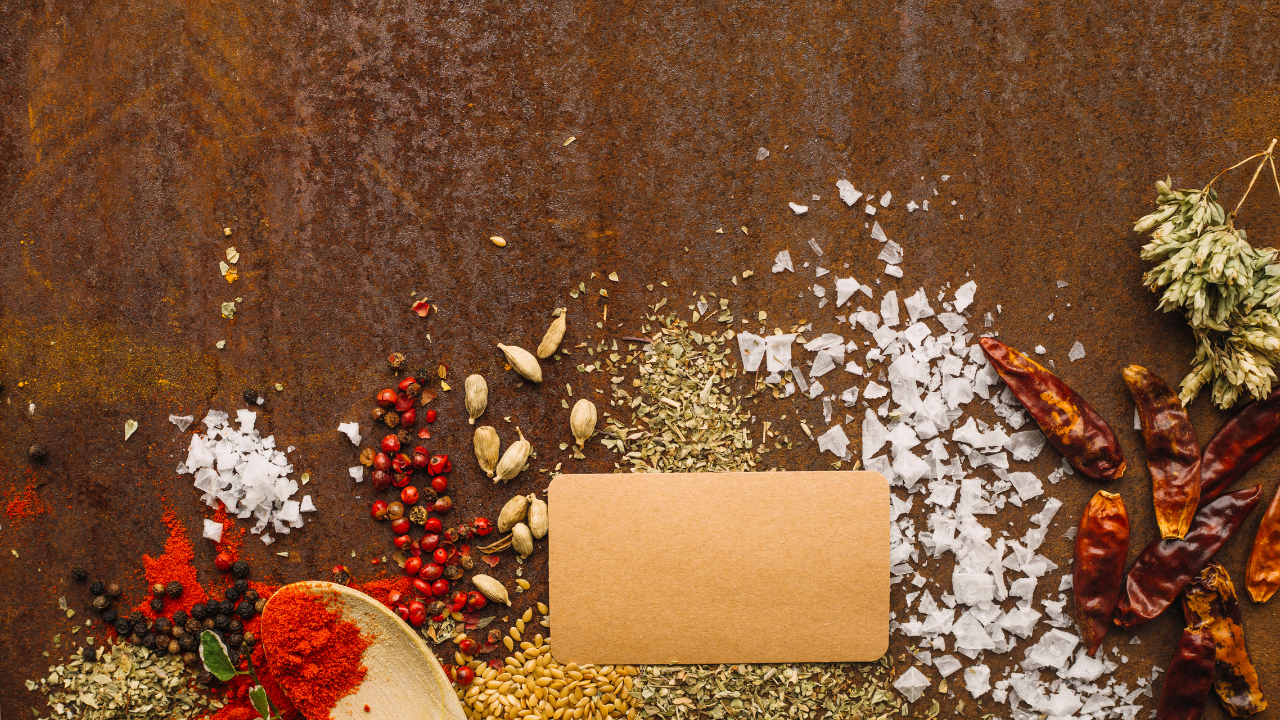Top 10 Commonly Adulterated Foods in Your Kitchen and Tips to Verify Their Authenticity
Uncover the secrets to detecting adulterated foods in your kitchen. This article provides a comprehensive guide on the top 10 commonly tampered food items and offers simple, effective methods to test their authenticity, ensuring your meals are safe and nutritious.

Top 10 Commonly Adulterated Foods in Your Kitchen and Tips to Verify Their Authenticity (Picture Credit - Freepik)
Food adulteration, a widespread problem in the food industry, involves the addition of inferior chemicals to food items, lowering their quality. This technique not only misleads customers but also poses major health hazards. In this detailed study, we will investigate the top ten most contaminated foods found in home kitchens and present practical strategies for determining their authenticity.
1. Milk
Milk, one of the most regularly tainted foods, may contain water, urea, starch, and other additives to improve volume and texture. Add a few drops of iodine solution to a tiny sample of milk to test it. If the milk turns blue, this indicates the presence of starch, a common adulterant.
2. Honey
Sugar syrups are frequently added to adulterated honey to boost its volume. The water test is a simple purity test: drop a spoonful of honey into a glass of water. Genuine honey will solidify and sink to the bottom, but adulterated honey will dissolve fast.
3. Olive Oil
Olive oil is regularly blended with lower-quality oils. Place the oil in the refrigerator to perform a cold test. At frigid conditions, pure olive oil will harden, whilst adulterated oil will remain liquid.
4. Spices
To improve their appearance, spices such as turmeric, chilli powder, and saffron are frequently contaminated with coloured powders. Add a tiny bit of the spice to the water to evaluate its purity. Pure spices will not leave a perceptible hue in the water, however, adulterated spices will.
5. Tea and Coffee
Tea and coffee beans may contain coloured leaves and artificial flavours. A colour test can be performed by sprinkling some of the powder on a damp paper towel; if the powder leaves a noticeable colour, adulteration is likely.
6. Rice and Pulses
Sometimes artificial grains composed of plastic and stones are combined with rice and legumes. Plastic grains are distinguishable because they float in water, whereas natural grains sink.
7. Flour
To increase the bulk of flour, it may be contaminated with ingredients such as chalk powder or white soil. Adding a few drops of hydrochloric acid to a flour sample is a straightforward test. Adulteration is indicated by the presence of fizzing.
8. Sugar
To enhance weight, sugar adulteration might incorporate things such as washing powder. A simple test is to dissolve a teaspoon of sugar in water; the appearance of foam indicates the presence of adulterants.
9. Butter and Ghee
These dairy products can be used with less expensive vegetable fats. A melt test can be performed by heating a small amount of pure butter or ghee; pure butter or ghee will melt consistently and release a distinct scent.
10. Fish and Meat
Chemicals may be used to make fish and meat appear fresher. A nose test is the best way to determine their freshness; fresh fish and meat should have a subtle, not overly fishy or sour, fragrance.
Additional Authenticity Tips
Buy from Reputed Sources: Always buy your groceries from well-known and trustworthy stores or from reputed providers directly.
Opt for Organic: Organic foods are less likely to be contaminated, while they may be more expensive.
Look for Certifications: Quality certificates on product labels can imply greater food safety standards.
Visual Inspection: Be on the lookout for strange colours, textures, or odours in food.
Stay Informed: Continue to educate yourself on typical food adulteration tactics and how to spot them.
It is critical to be aware of food adulteration in order to maintain a healthy diet. Simple home tests can help verify the authenticity of food, ensuring that what you eat is safe and of high quality. Finally, the strongest defences against contaminated food in your kitchen are remaining aware, choosing trusted sources, and being proactive in food purchases.
End of Article
Subscribe to our daily Lifestyle Newsletter!
Videos





02:10
Raveena Tandon addresses CONTROVERSIAL statements regarding Khushi Kapoor and Agastya Nanda in The Archies

02:27
iQOO 12 5G | Glimpse of Exciting Leaks! | Funtouch OS Android 14, Qualcomm Snapdragon 8Gen3 & More

02:15
OnePlus 12 Design & Looks | OnePlus 12 Latest Updates | OnePlus 12 Colour Available | Gadget Times

03:53
Urfi Javed Flaunts her Topless Style | Jennifer Mistry's HEARTWARIMNG note for TMKOC

04:45
'World Used Kashmir Against India': What EAM Said On J&K's Art 370| Page From Times Now Archive













